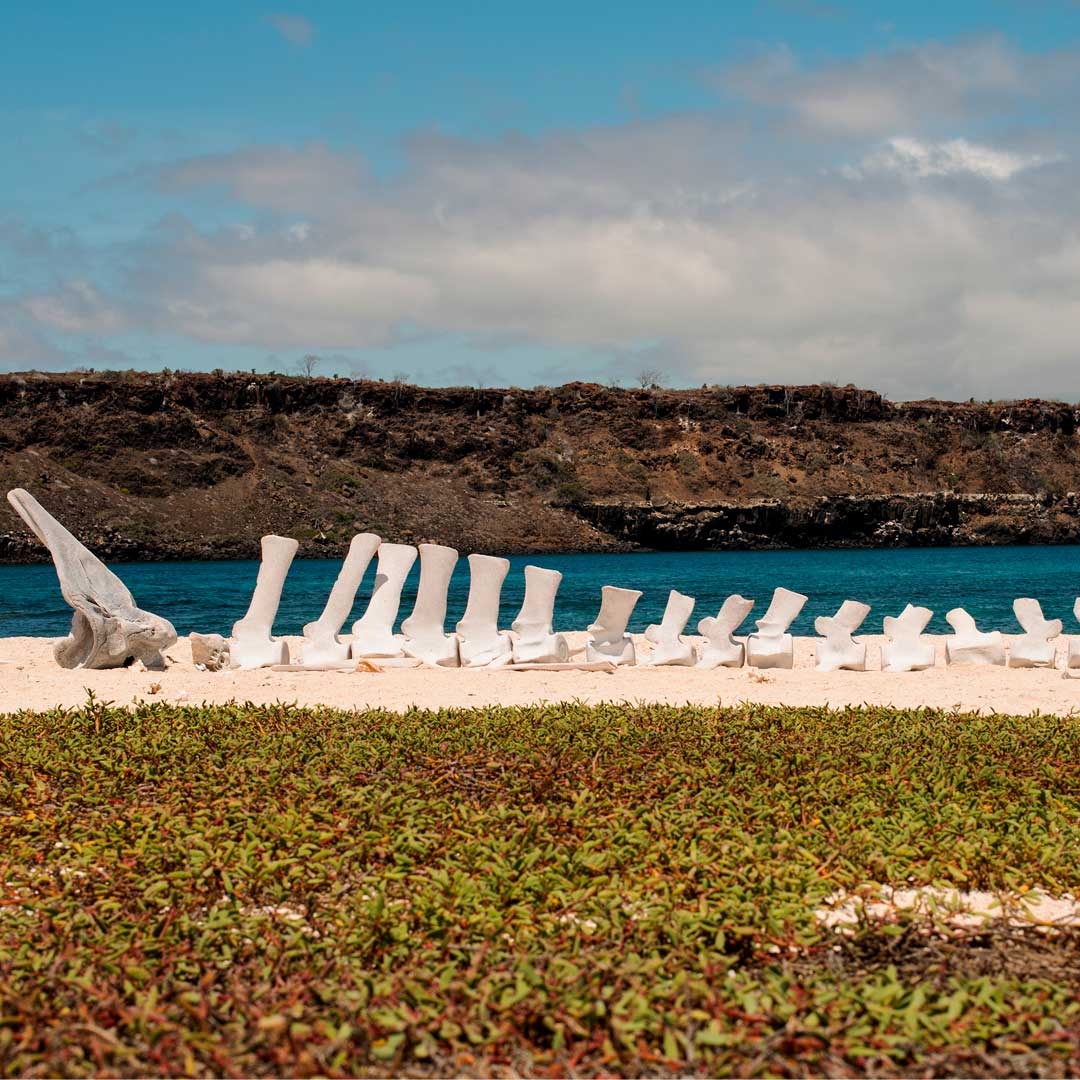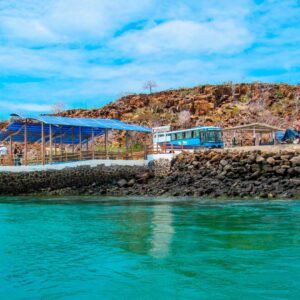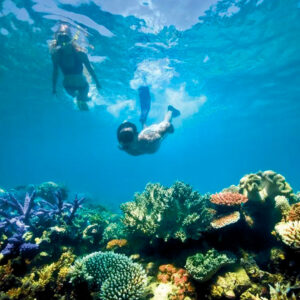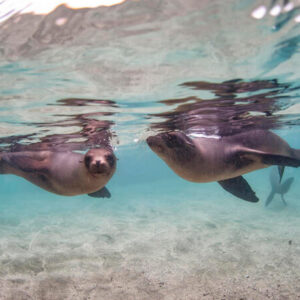Volcanic Palace
The Galapagos Islands are situated on the Nazca tectonic plate. This constantly moving plate is migrating eastward over the Galapagos hot spot, forming the chain of islands. The islands were created by the repetitive stacking and lifting of volcanic activity. The age of the islands is directly linked with this geographic motion, as the eastern islands (San Cristóbal and Espaola) are millions of years older than the western islands (Isabela and Fernandina).
The majority of the islands have a distinct cone shape that is frequently associated with volcanic activity. The mountainous islands were formed by continuous eruption, layer after layer.
Active volcanoes!
The Galapagos hotspot is one of the world’s most active volcanic areas. There are currently 21 volcanoes on the Galapagos Islands, 13 of them, still active. Impressive right? What’s even more impressive is that tourists who are lucky enough may even witness a live volcano eruption. Recent volcanic eruptions in the Galapagos Islands include Sierra Negra on Isabela Island and La Cumbre on Fernandina Island in 2018, as well as Wolf volcano on Isabela Island in 2015.
How many volcanoes are in Galapagos?
There are 21 emergent Galapagos islands volcanoes today.
- Fernandina Island: approximately 700,000 years old “ La Cumbre Volcano”
- Darwin Island: approximately 700,000 years old
- Genovesa Island: approximately 700,000 years old “Genovesa Volcano”
- Isabela Island: approximately 700,000 years old “Wolf, Cerro Azul, Sierra Negra, Alcedo, Darwin, Ecuador volcanoes”
- Marchena Island: approximately 700,000 years old “Marchena volcano
- Santiago Island: 750,000 years old “Santiago volcano”
- Balta Island-7: 1.5 million years old (formed by a volcanic uplift from the seafloor)
- Floreana Island-7: 1.5 million “Floreana volcano, Devil’s Crown”
- Pinzon Island-7: 1.5 million “Pinzon volcano”
- Rabida Island-7: 1.5 million “Rabida volcano”
- Santa Cruz Island-7: 1.5 million “Santa Cruz volcano”
- Wolf Island-0.7: 1.5 million years “Wolf volcano-submerged”
- North Seymour Island: 2 million years old (created by a seismic seafloor uplift)
- San Cristobal Island: 2.4 million years old
- Santa Fe Island: 2.7 million years old “Santa Fe volcano”
- South Plaza Island: 3.2 million years old (formed by lava uplifts)
- Española Island: 3.2 million years old “Española volcano”
Is it dangerous?
Not at all. The majority of the visitor sites in Galapagos are located far away from any potentially dangerous volcanoes. However, they are hazardous to animals: giant tortoises are occasionally burned by lava or hot ash, and other animals may lose habitat. The rare Galapagos pink land Iguanas that live on Isabela’s Wolf volcano are considered endangered because their numbers and habitat are so limited that an untimely eruption could wipe them out.
The Galapagos Islands are unique in pristine wildlife, geology, and exclusiveness, a place like no other that you will remember for the rest of your life. Contact us right away and let one of our Galapagos experts help you plan an unforgettable trip.





